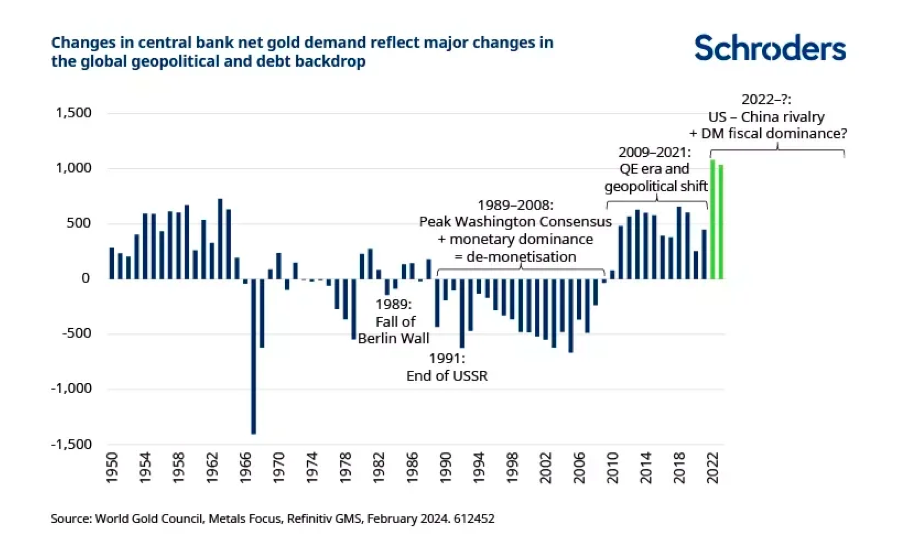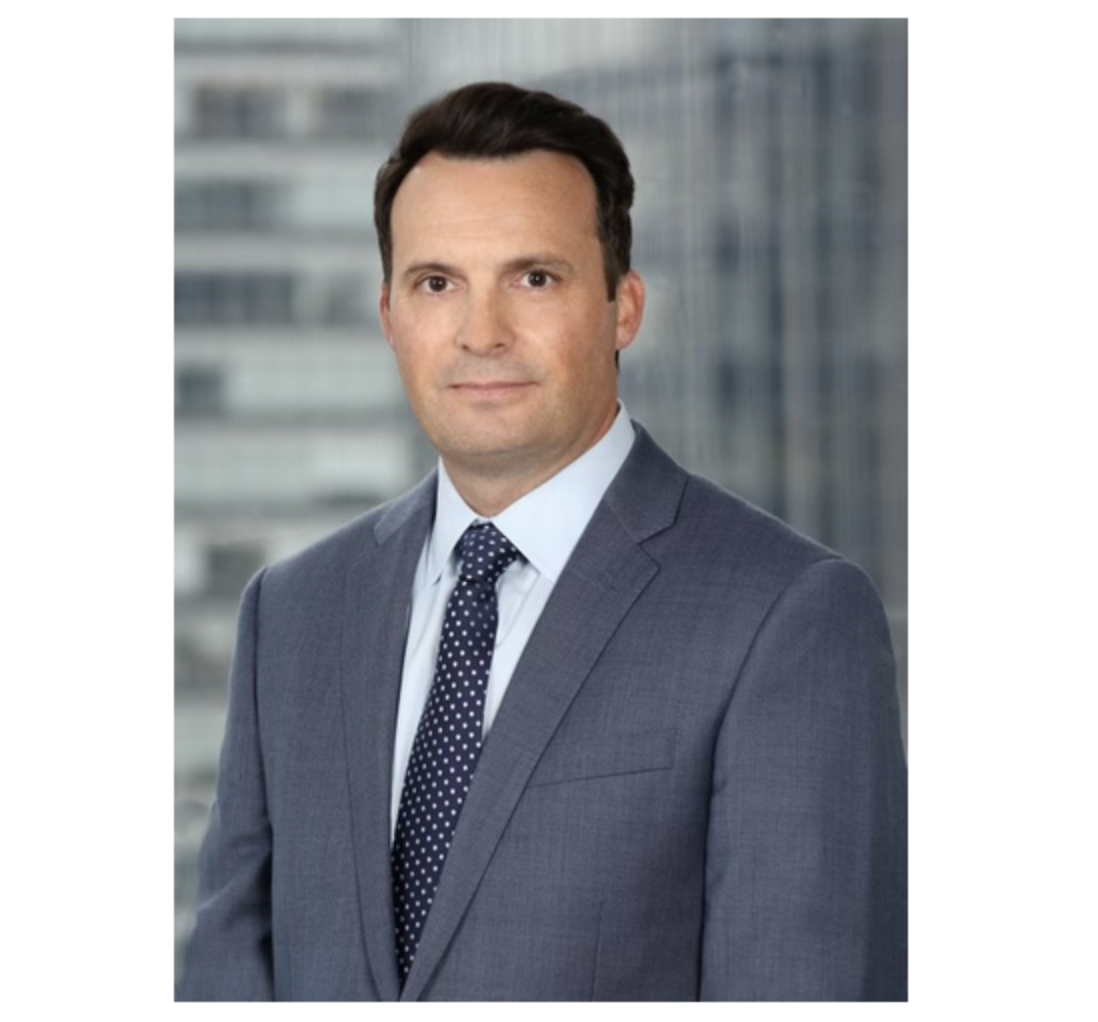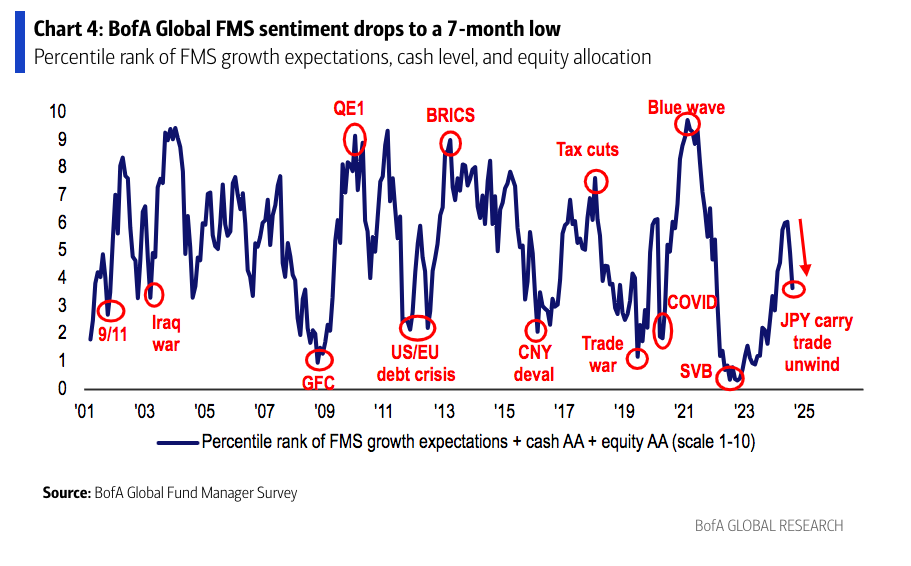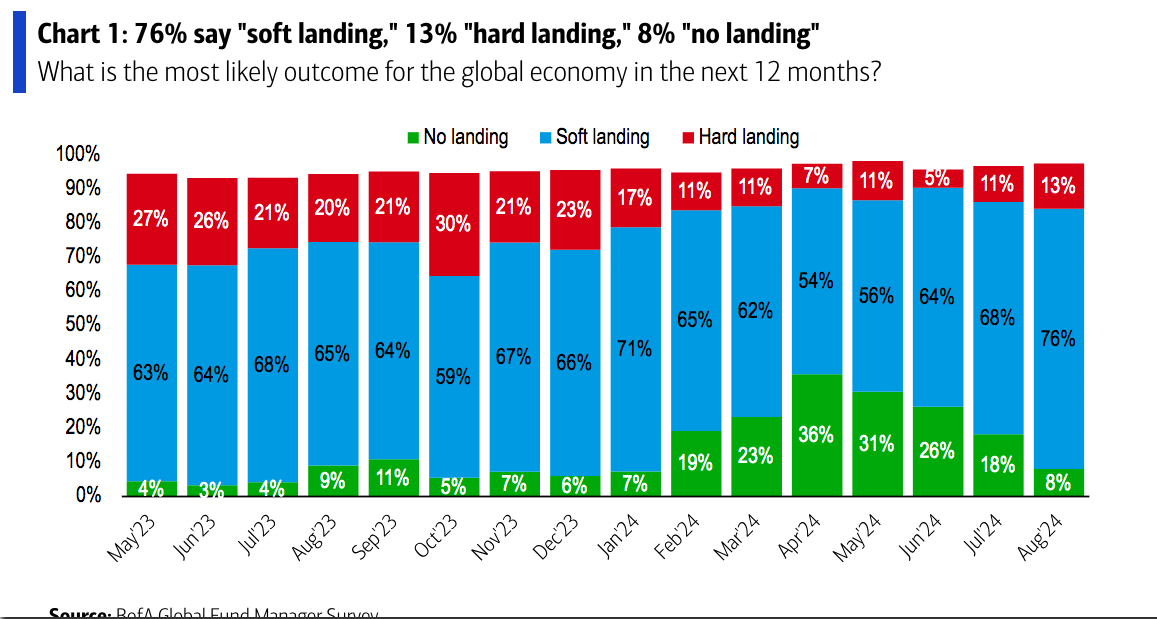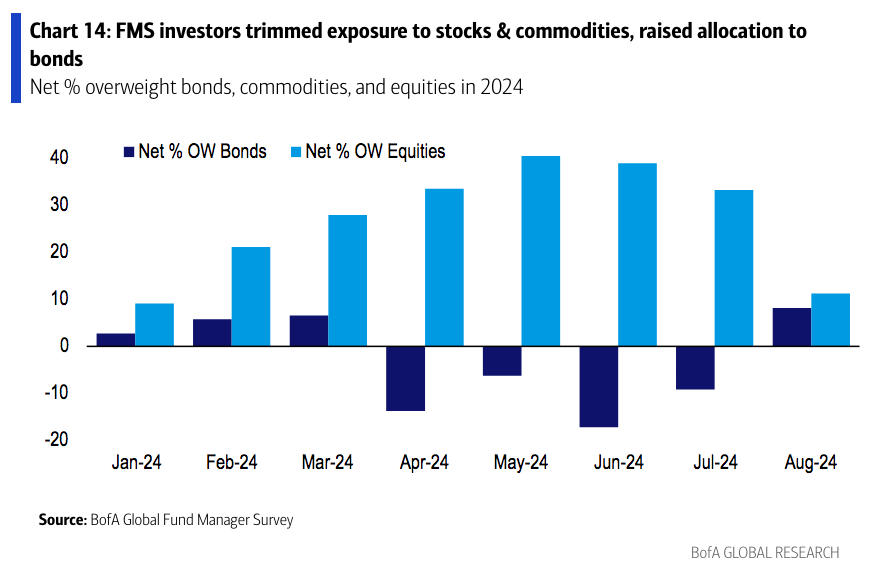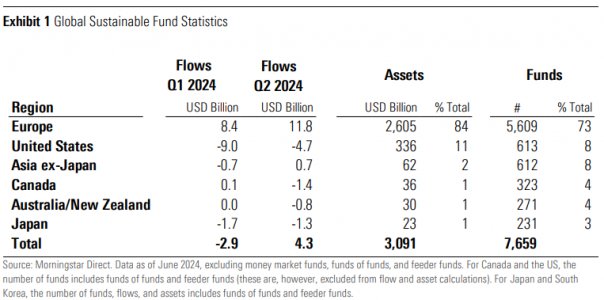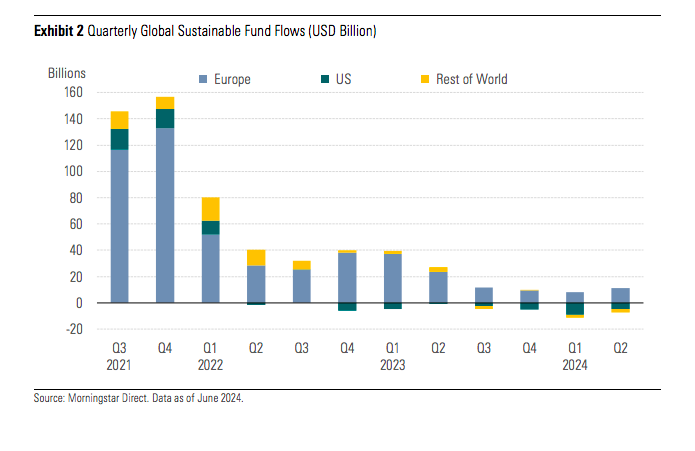The Market Expects, and Almost Demands, a Rate Cut at Jackson Hole
| By Marcelo Soba | 0 Comentarios

The Fed is preparing its new Jackson Hole symposium with the market expecting, and almost demanding, a rate cut. It’s been 14 months since rates have been stationary, despite the drop in inflation.
The monetary authority will begin its annual monetary policy meeting next Thursday, August 22, titled Reassessing the Effectiveness and Transmission of Monetary Policy.
With inflation data trending downward, employment figures strong, and retail sales showing no alarming signs, experts are pressuring the central bank to lower interest rates and to begin a series of rate cuts by the end of the year.
For example, a report from AIS Financial Group summarized that last week the S&P 500 rose by 3.9%, recovering the levels of late July prior to the drop in the first days of August. It has also accumulated a 16.45% increase year-to-date (YTD). In this regard, AIS states that “the market consensus sets an average target price of 5,460” for the S&P 500 by the end of 2024.
Additionally, the market’s rise was driven by the Technology (7.5%), Consumer Discretionary (5.2%), and Financial (3.2%) sectors. In this context, “the Fed is expected to start rate cuts in September, with four cuts expected by the end of the year. The data released last week and the market’s reaction confirm that recession, rather than inflation, has now become the main driver for the market,” AIS asserts.
Therefore, they recommend “being prudent, looking for defensive sectors, quality sectors with solid balance sheets to face this context,” and highlight sectors like banks, energy, healthcare, defensive consumption, and industrial.
On the other hand, the KKR report, signed by Henry H. McVey, Head of Global Macro, Dave McNellis, Co-Head of Global Macro & Asset Allocation, and Ezra Max, Associate, U.S. Macro, asserts that the Federal Reserve “will cut rates, but not recklessly.”
The experts agree with the market’s forecast of four or five cuts in the next three months, “implying at least a 50 basis points cut, which is too pessimistic for a world where GDP is approaching 3% and inflation remains above target.”
Moreover, they confirm that there have been no changes to consumer price forecasts or the Fed’s outlook of three cuts this year and six cuts in 2025.
“Regarding rate policy, we expect the Fed to cut once at each meeting from now until mid-2025, before reaching a neutral low rate of three percent,” says the KKR report.
McVey, McNellis, and Max warned that the return of the Fed’s dual mandate and the growth data – including Thursday’s retail sales data and refund requests – are becoming the most important factors for the pace of Fed easing, and this could change opinions.
“Our baseline hypothesis is a turbulent and soft landing, but a strong GDP rebound would lead us to expect a more aggressive Fed rate cut path. Therefore, the risks remain to the downside for rates and yields, and our message is that now is not the time to bet heavily on floating rates staying at the current high levels,” they explained.
David Kelly, Chief Global Strategist at J.P. Morgan Asset Management, for his part, expressed that Fed Chair Jerome Powell could be satisfied with the progress of his administration when comparing the macroeconomic figures from when he took office during the COVID-19 pandemic to now.
However, that “certain satisfaction” will lead investors to focus on how stocks will be determined, to some extent, by how the Fed evaluates the impact of monetary policy on the economy.
Chair Powell’s view, expressed at many press conferences, is that monetary policy is powerful but acts on the economy with long and variable lags. However, while this seems to coincide with empirical observation, it is unclear, in a world of instant information, why this is or should be so, Kelly added.
Regarding the most likely Fed path, the expert distinguishes between pre and post-August 4 forecasts.
In June, the Fed forecasted only a 25 basis points cut by the end of 2024 and a further 1% reduction by the end of 2025. However, on August 4, following a slight increase in unemployment benefit claims and a weak July employment report, the market widely anticipated a 1% cut by the end of 2024 and cuts exceeding 2% by the end of 2025.
“One of the reasons for this sharp shift in expectations is probably the recognition that if the Fed started cutting aggressively, it would likely continue to do so. If, for example, the Fed cut 50 basis points at its September meeting, the economy would likely be weaker, not stronger, by the time of the November meeting, which would pressure the Fed to institute new 50 basis points cuts. This is a path the Fed would clearly want to avoid, preferring to normalize rates slowly in an economy maintaining stable growth, even as inflation moves away from its 2% target,” he commented.
The Federal Reserve will take into account the data and events of this week. However, it seems likely that, in his Friday speech, Powell will try to reinforce the idea that monetary easing should be, and will be, gradual, laying the groundwork for a 25 basis points rate cut in September, with the potential for only 25 to 50 basis points in additional cuts before the end of the year, Kelly estimates.
According to the expert, this should be considered good news for investors. While active monetary policy can be quite effective in times of financial stress, such as stabilizing financial markets during the Great Financial Crisis, it has proven to be very ineffective in stimulating a slow economy or cooling a hot economy. Fortunately, outside of crisis times, the economy seems to retain the ability to heal itself – as it largely has in recent years – and this should support a further rise in stock prices and a slow drift downward in long-term interest rates, Kelly concludes.



